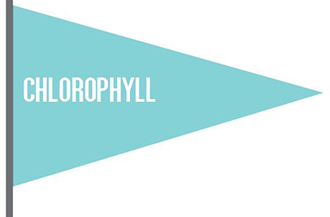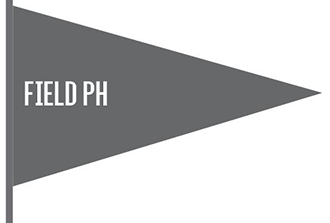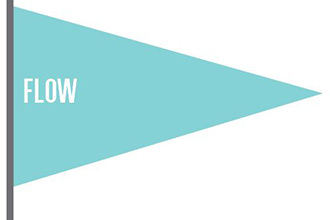

.jpg)
Top Tests
Despite the harsh Iowa winters, limnologists collect samples throughout the year from 61 ambient streams to test for levels of contaminants that may endanger water quality.
Limnologists collect and analyze samples of surface water, wastewater and groundwater throughout Iowa. They examine the physical, chemical and biological characteristics and processes of aquatic systems and their watersheds. The data from this work is used to assess long-term trends in water quality throughout the state.
The environmental specialists in the Limnology section are among the very few taxonomic experts in the Midwest who identify, describe and classify organisms. Most of their work is devoted to sampling Iowa’s surface waters (primarily rivers and streams) and evaluating both water quality and the impact of human activity.
- Collected samples from 61 ambient stream sites each month. Analyses included nutrients, such as nitrogen and phosphorus; bacteria, such as E. coli; several forms of solids; and neonicotinoid pesticides.
- Conducted approximately 100 bioassessments throughout the state. These assessments generally require several staff members to complete sampling of each site for water, fish and benthic macroinvertebrates, and a comprehensive physical habitat assessment.
- Completed sampling of selected cold water streams in northeast Iowa for nutrient analysis. Full bioassessments were completed for four streams in northeast Iowa. Continuous monitoring of temperature and dissolved oxygen using data loggers also was required for these streams.






